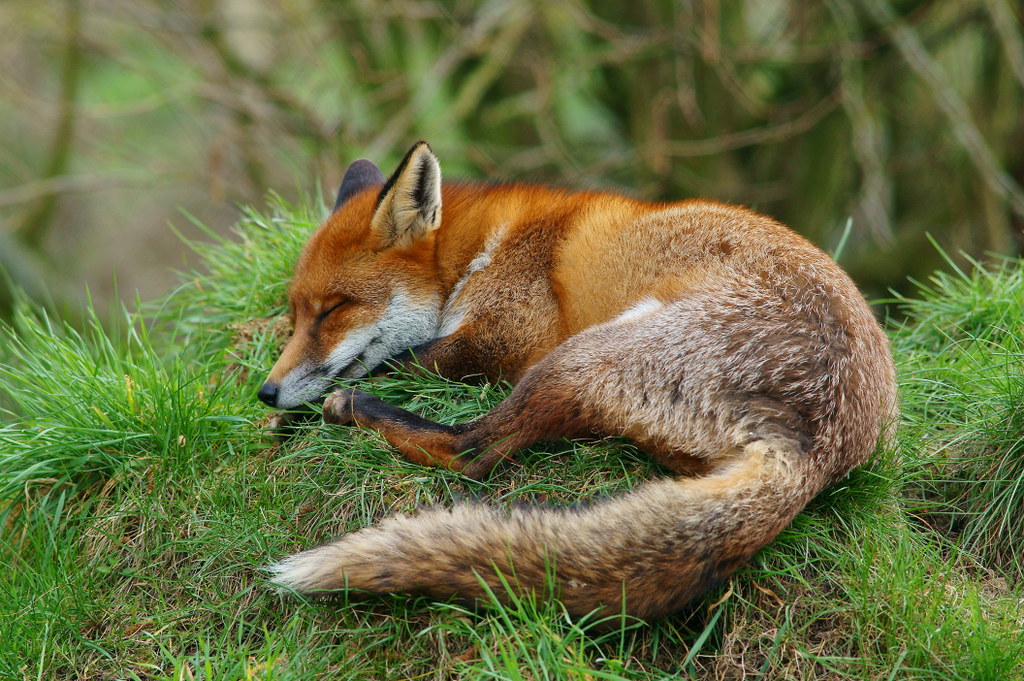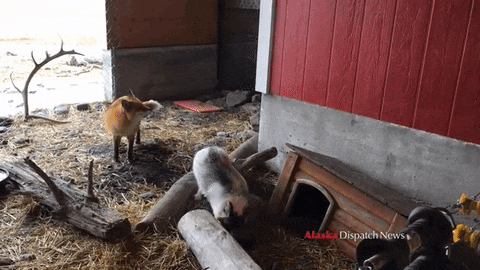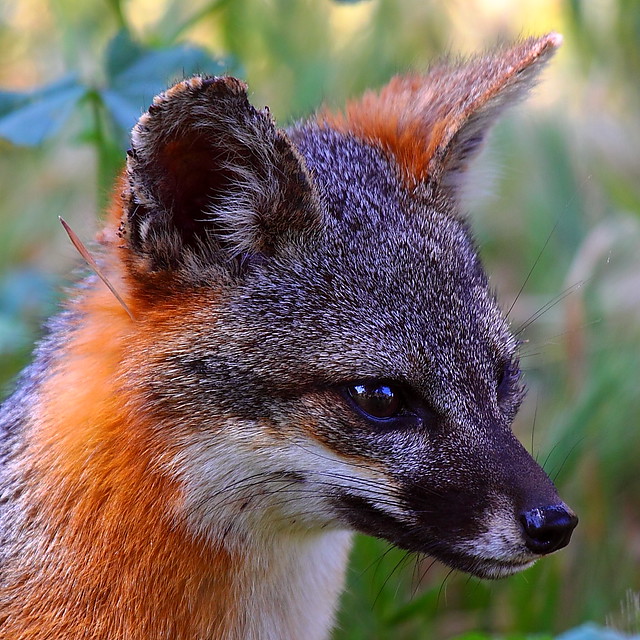The
Smithsonian's National Zoo welcomed
two Fennec Fox kits to their Small Mammal House February 4! The male
and female were born to seven-year old mother Daisy and two-year-old
father Charlie.
At her previous Zoo, Daisy had little success raising her own babies.
Because of her valued genetics, the National Zoo received the
recommendation, from the
Association of Zoos and Aquariums' Species Survival Plan, to breed Daisy with Charlie.
Prior to Daisy's pregnancy, Small Mammal House keepers teamed up with
Zoo veterinarians and nutritionists to create a kit care plan. National
Zoo staff anticipated having to hand-rear any new kits born to Daisy,
so they began work on a nursery in the Small Mammal House. As soon as
the babies were born, they were removed them from the exhibit and placed
in the incubator to regulate and monitor their body temperature.
The National Zoo’s nutrition team developed a formula made of Esbilac
(puppy milk replacer) and KMR (kitten milk replacer) to simulate the
composition of a fox mother's milk. Initially, the kits were fed every
two hours for their first ten days. As the kits grew stronger, feedings
were reduced to every two hours (beginning at 6 a.m. and ending at
midnight).
The six-week-old Fennec Fox kits now have names! The male has been
dubbed Teddy (short for Theodore) and the female has been named Hokees
(“my love” in Armenian). The kits are now transitioning to solid foods,
including beef, vegetables (broccoli, cauliflower, sweet potato, carrot,
corn, beans, squash), fruits (apple, banana), wax worms, and kibble.
Little Hokees appears to enjoy the addition of veggies to her diet.
Photo Credits: Smithsonian's National Zoo
Fans of the Fennec Fox siblings can keep up-to-date on their progress via the National Zoo's social media and web pages.
The Fennec Fox is a small nocturnal fox that is native to the Sahara
of North Africa. It is the smallest species of canid in the world. Their
coat, ears, and kidney functions have adapted to high-temperature,
low-water, and desert environments.
The large ears are indeed indicative of heightened auditory
abilities. Its hearing is sensitive enough to hear prey moving
underground. The Fennec Fox eats mainly insects, small mammals and
birds.
Fennec Foxes mate for life, with each pair, or family, controlling
their own territory. The species usually breed only once each year.
Following mating, the male is known to become very aggressive and
protective of the female, providing her with food during her pregnancy
and lactation periods. Gestation usually lasts between 50 to 52 days.
The typical litter is between one and four kits, with weaning taking
place at around 70 days. When born, the kit’s ears are folded over and
its eyes are closed. The eyes open at around ten days old, and the ears
lift soon afterwards. The captive lifespan of a Fennec Fox has been
recorded at up to 14 years.
The Fennec Fox is classified as “Least Concern” on the
IUCN Red List.
Their fur is prized by the indigenous peoples of North Africa, and in
many parts of the world, the animal is considered an exotic pet.











